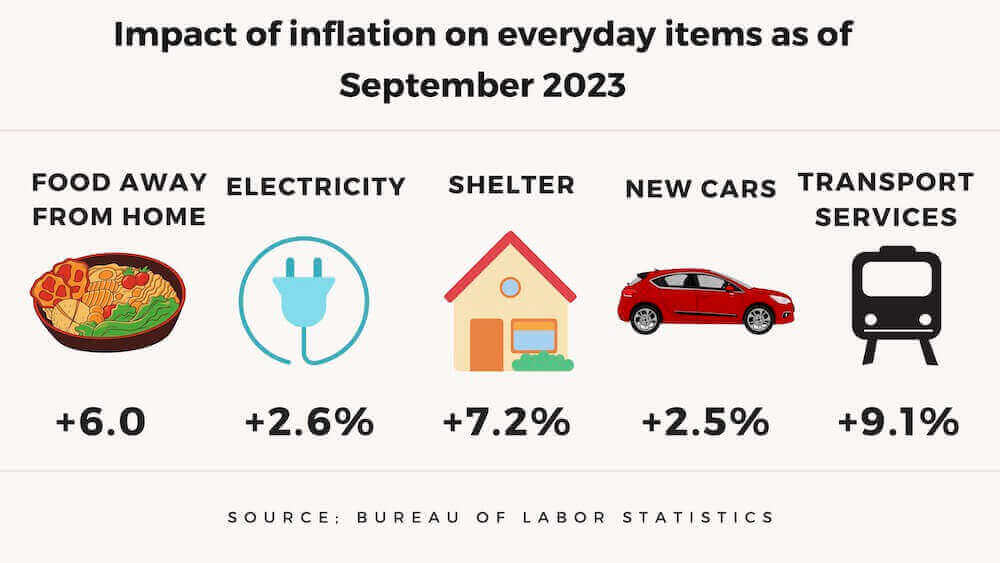Another bill has been introduced that would increase the annual cost of living adjustment (COLA) for retired federal employees under the Federal Employees Retirement System (FERS) in some instances.
Senator Alex Padilla (D-CA) has again introduced the Equal COLA Act (S. 3194). It is companion legislation to a bill that was introduced earlier this year in the House by Congressman Gerry Connolly (D-VA). The legislation has been introduced numerous times in the past.
Both bills would change existing law so that federal retirees under the Federal Employees Retirement System (FERS) always get the same COLA as retired federal employees under the Civil Service Retirement System (CSRS).
Padilla said in a statement, “Federal retirees who have worked in service to our country should receive the full adjustment in benefits each year that is consistent with national economic trends. The Equal COLA Act will ensure the nearly 800,000 federal retirees living on fixed incomes receive the full benefits they deserve to keep up with the cost of living.”
Connolly said in a statement about his bill, “This two-tiered system fails to protect FERS retirees who are living on a fixed income. This legislation will rectify this unfair system and ensure these dedicated public servants are protected throughout their retirement.”
But what is this discrepancy in the COLA to which the lawmakers are referring, and is it really unfair?
How the FERS COLA is Calculated
Under current law, FERS retirees sometimes wind up receiving a smaller annual COLA increase than CSRS retirees due to how the law calculates COLAs under the two retirement systems.
This has become more of a hot topic since inflation began rising rapidly a couple of years ago. The 2022 COLA was 5.9%, and the 2023 COLA was even higher still at 8.7%.
When the COLAs are this large, FERS retirees receive a smaller COLA than federal retirees under CSRS, thereby increasing the short-term appeal of this bill to this block of voters.
This is how the FERS COLA is calculated:
- For FERS or FERS Special benefits, if the increase in the Consumer Price Index (CPI) is 2 percent or less, the COLA is equal to the CPI increase.
- If the CPI increase is more than 2 percent but no more than 3 percent, the Cost-of-Living Adjustment is 2 percent.
- If the CPI increase is more than 3 percent, the adjustment is 1 percent less than the CPI increase.
- The new amount is rounded down to the next whole dollar.
The table below illustrates this:
| If the CPI is: | Then the COLA is: |
|---|---|
| <= 2% | COLA = CPI increase |
| > 2% and <= 3% | COLA = 2% |
| > 3% | COLA = CPI – 1% |
Retired federal employees under CSRS get the full COLA.
Why Do Federal Retirees Under FERS Get a Different COLA?
Although supporters of the legislation decry the current system as being unfair, Congress set it up this way on purpose when FERS was created back in the 1980s. That is because federal employees under FERS get benefits that CSRS employees did not get, so the idea was that having the full COLA in years when inflation ran higher was not necessary since the other benefits would pick up the slack.
What are those benefits?
Under FERS, federal employees get the following:
- Matching funds from the federal government (up to 5%) to invest in their Thrift Savings Plan (TSP) accounts
- Social Security
- Annuity payments in retirement
The Social Security and TSP benefits are portable, meaning that if a federal employee leaves his or her job, the benefits go along and are not lost. In other words, FERS was designed to allow federal employees to leave public service and not lose their benefits.
OPM describes the benefits under FERS as follows:
FERS is a retirement plan that provides benefits from three different sources: a Basic Benefit Plan, Social Security and the Thrift Savings Plan (TSP). Two of the three parts of FERS (Social Security and the TSP) can go with you to your next job if you leave the Federal Government before retirement. The Basic Benefit and Social Security parts of FERS require you to pay your share each pay period. Your agency withholds the cost of the Basic Benefit and Social Security from your pay as payroll deductions. Your agency pays its part too. Then, after you retire, you receive annuity payments each month for the rest of your life.
Under CSRS, federal employees are eligible for a higher COLA and annuity in retirement, but they do not get matching funds to invest in the TSP. CSRS employees do not receive Social Security as part of their retirement plan. Some CSRS employees do receive Social Security based on employment other than having worked for Uncle Sam but it is not an integral part of the CSRS plan.
Over time, the return on the TSP investments can compound significantly if invested well, potentially far outweighing any reduced COLAs under FERS.
If, for example, a federal employee were to invest $1,500 per month into the TSP stock funds and earn an 8% average annual return, a conservative figure since the S&P 500 has averaged nearly 12% per year since its inception, he would wind up with over $2,000,000 after 30 years. Proof of this possibility can be seen in the large number of TSP millionaires that has increased substantially over the last decade.
It is for these reasons that Congress decided to structure FERS and its COLA calculation the way that it did.





